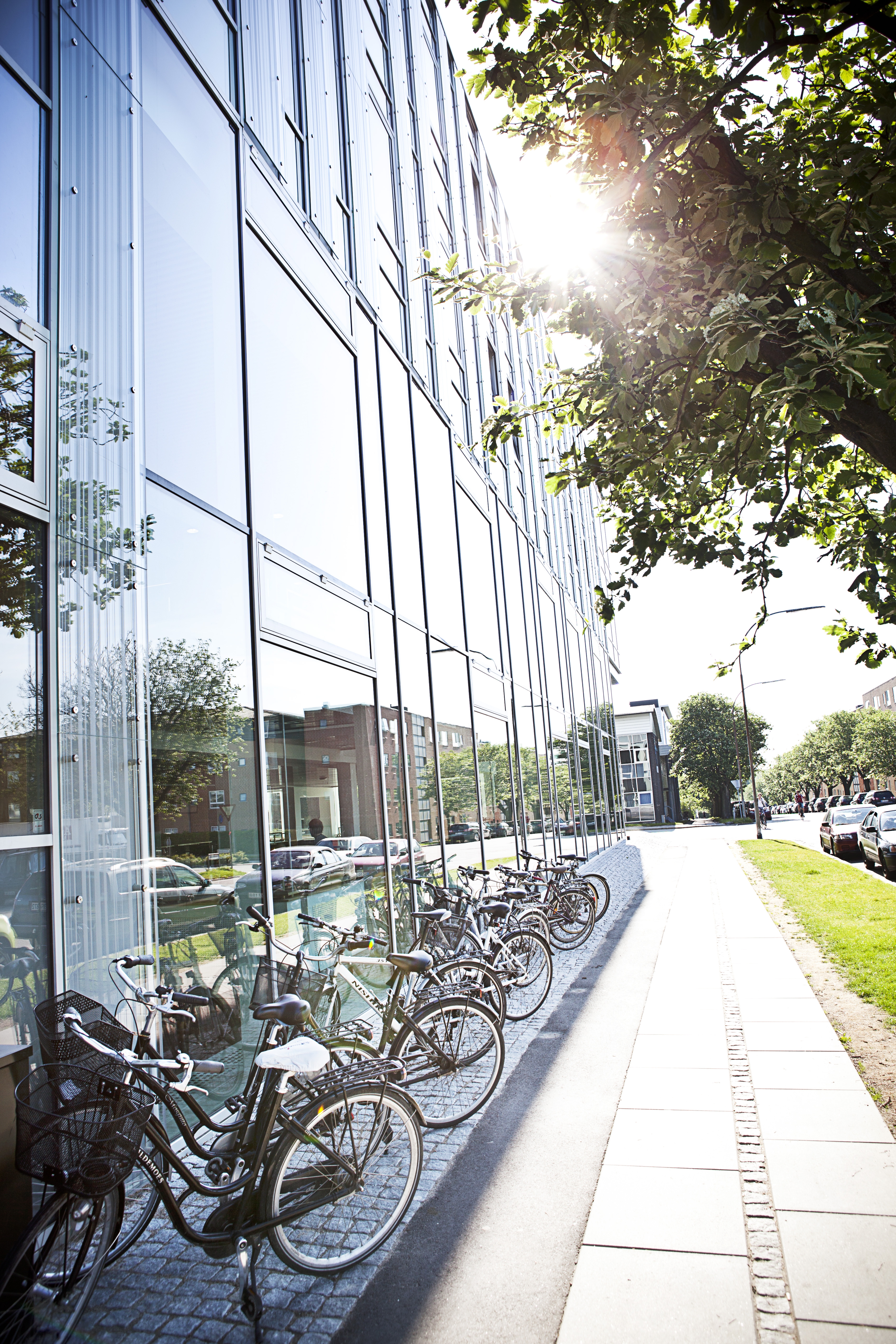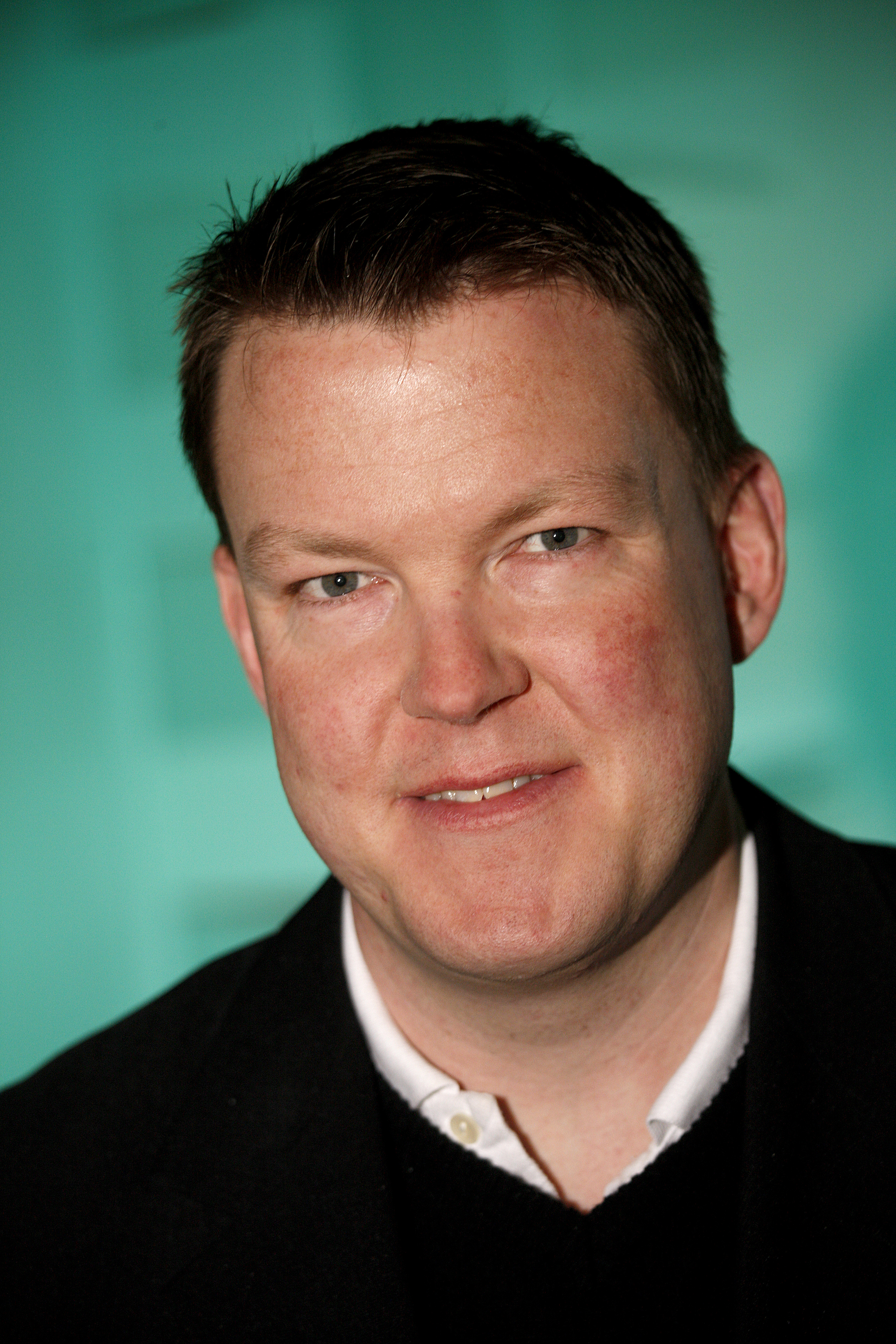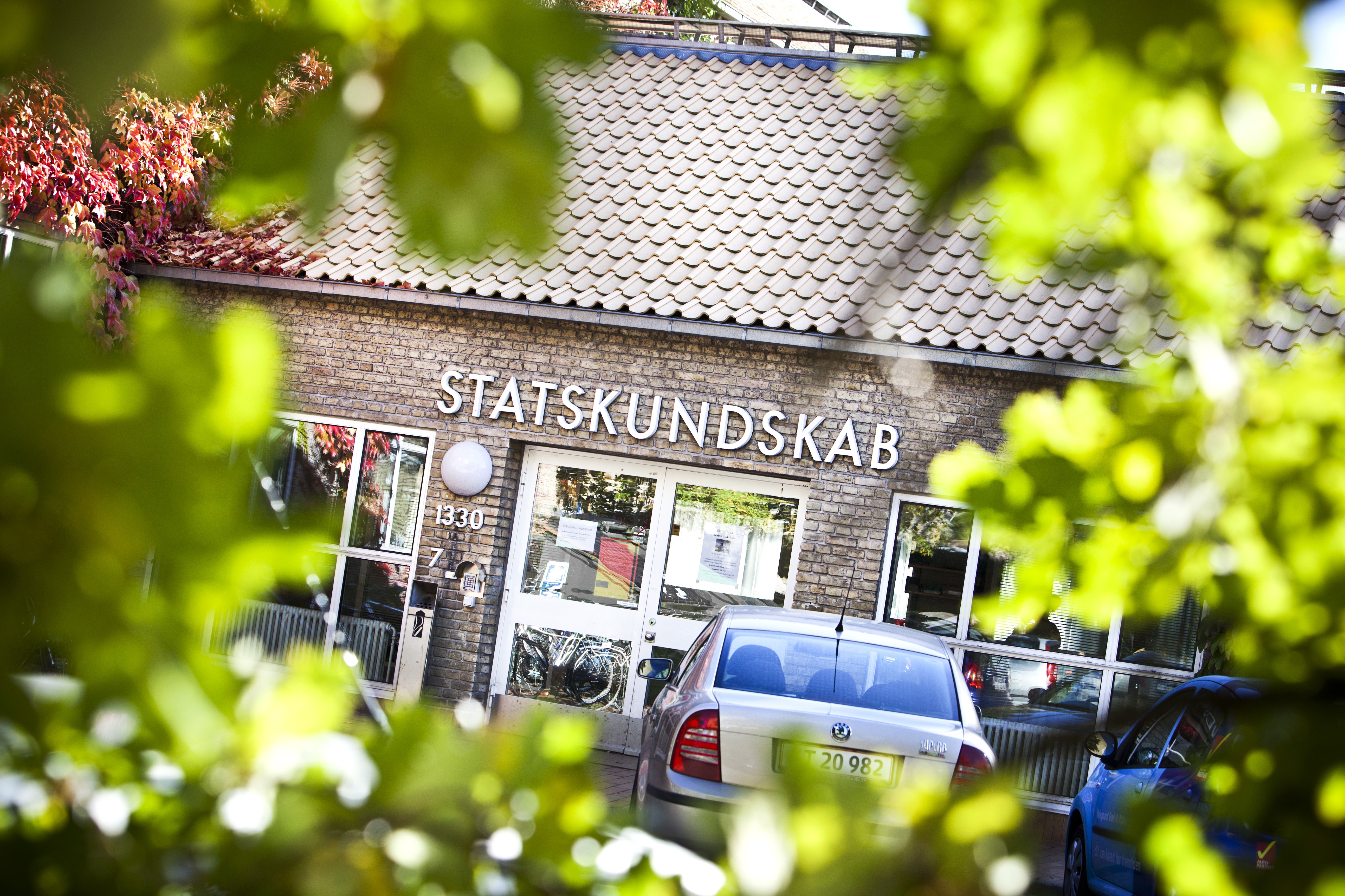SHAPE collab: Social Media and General Election Campaign 2022
SHAPE collaborates with a wide range of interdisciplinary research projects concerned with democracy and citizenship, data and algorithms across faculties and departments at AU. Among them is a study of the Danish population’s use of social media during the general election campaign in 2022, led by Associate Professor of Media Studies, Jakob Linaa Jensen.



Jakob Linaa Jensen has studied the role of social media in politics since they entered the political scene in Denmark in the 2000s. As such, Jakob has been at the forefront of studies of the Danish population’s use of social media during election campaigns in all general elections from and including the election in 2007 – the latest study of the general election in the autumn of 2022 is conducted by Jakob and his colleagues from Political Science at AU and the IT University of Copenhagen with support from SHAPE.
Who are you, and what is your professional background?
The unique thing about our study of the use of social media among the Danish population during the general election in 2022 is that the support from SHAPE has enabled a stronger collaboration between Media Studies and Political Science across the faculties (ARTS and BSS) at AU: Jens Peter Frølund Thomsen, who is a survey expert, represents the Political Science part of our project together with Helene Helboe Pedersen. Furthermore, Lisbeth Klastrup and Gitte Stald from the IT University of Copenhagen are part of the project and have been so at former elections as well.
What is your project about and in what way is it related to SHAPE’s work?
Our project is closely related to SHAPE as our studies of the use of social media during general elections is directly related to questions on digital democracy and digital citizenship; our main purpose is to examine how the population makes use of these kind of media, also in general elections.
Our study of the use of social media during the general election in 2022 is the fifth of its kind; we did similar studies based on the general elections in Denmark in 2007, 2011, 2015, and 2019, and, therefore, we have a unique dataset, that is a longitudinal study of the role of social media in general elections covering this whole period where internet and social media have existed and played a direct role in relation to elections.
In our studies, we first and foremost focus on how citizens use social media during elections. One specific example is the general election in 2007 where former Prime Minister, Anders Fogh Rasmussen, played a key role in the development of social media use in Denmark by integrating them as part of his campaign; when the election began in the late summer of 2007, around 50,000 Danes had opened a Facebook-account – by the end of the year, the number of Danes with an account was 1,000,000. As such, the election in 2007 accelerated the use of Facebook in Denmark which continues to dominate nationally among social media. This is also why we focus on Facebook in our studies, but we also look at podcasts and at the latest also TikTok in addition to Twitter, LinkedIn, second screens, and ‘valgtests’.
We can’t say much about the results of our latest study of the general election in 2022 yet as this work is still ongoing. But one of our finds is that 57% of the surveyed had completed one or more ‘valgtests’. We can see that the use of ‘valgtests’ has impacted the casting of votes, which is in itself a problem as ‘valgtests’ are never impartial but framed and/or marked by some kind of bias.
What initiatives have you been able to develop as a result of the collaboration with SHAPE?
We have made these kinds of studies before with other collaborators, but we have been in need of more capacity for the survey part of the project, and this is why the collaboration with Political Science is so valuable: because of this collaboration, we get a different and more extensive take on the survey part and qualitative analysis.
It is exactly the collaboration across faculties (ARTS and BSS), between Media Studies and Political Science, which we aim to strengthen with the support from SHAPE, and we hope to get even more people onboard in the long term.
Which future possibilities does the project have, and what are your hopes for future collaboration with SHAPE?
At the moment, we have a student assistant employed to prepare a data report based on our datasets. Moreover, we are currently organizing a conference in the beginning of May 2023 in Aarhus and later on in Copenhagen, also within the framework of SHAPE, where we will present our results. The next phase is to publish scientific articles based on the study, and hopefully they will be ready to publish ultimo 2023 or primo 2024.
We are very happy about this parallel collaboration with SHAPE and the IT University of Copenhagen. Only these two institutions are left in the project, and I think this makes the project clearer. But the main point in relation to the support from SHAPE is that it secures a maintenance of this research alliance within AU between Political Science and Media Studies – it enables initiatives such as the aforementioned conference and other future activities.
